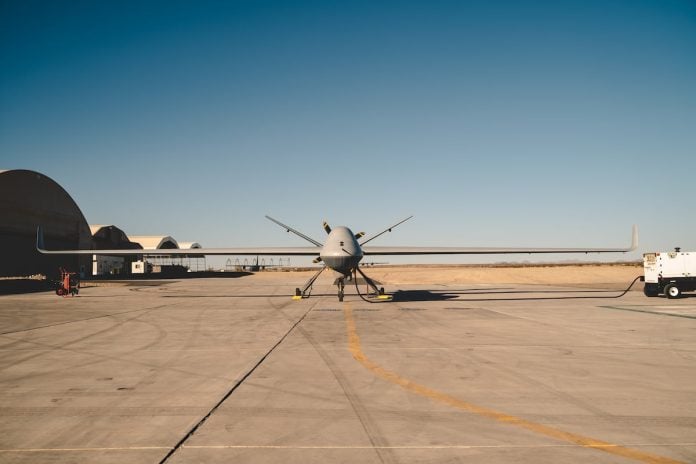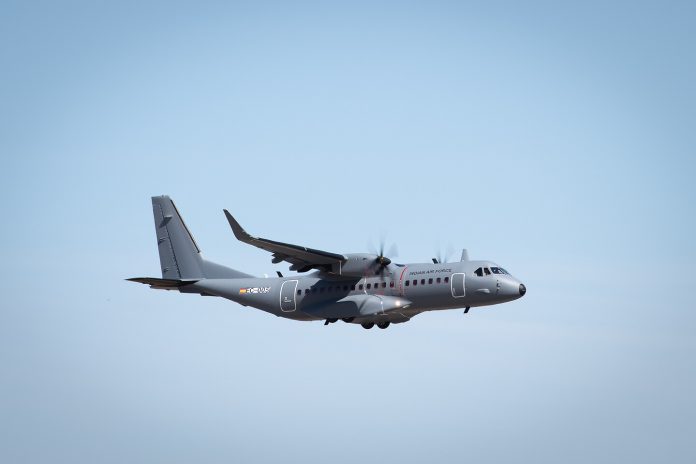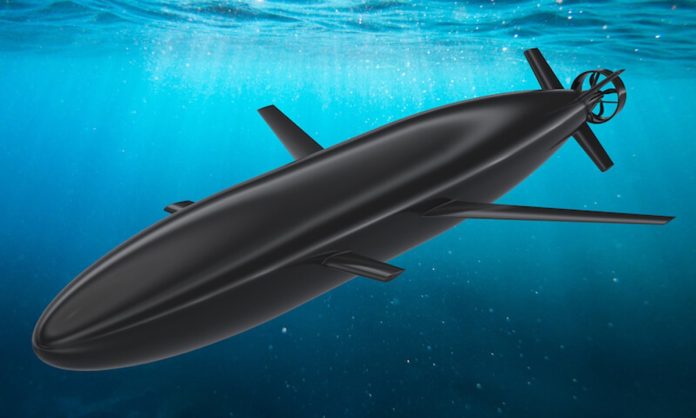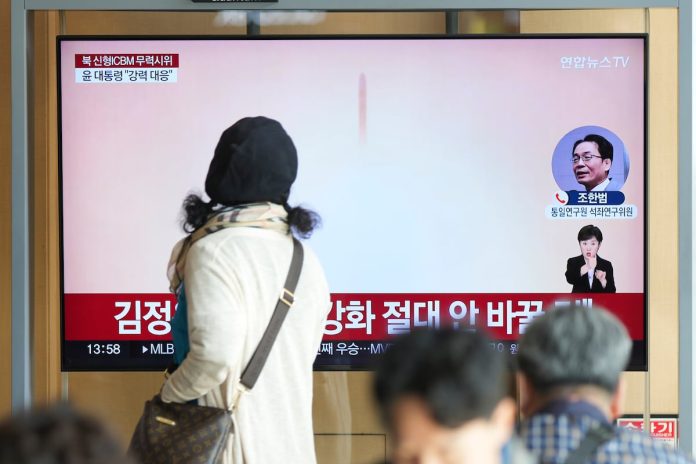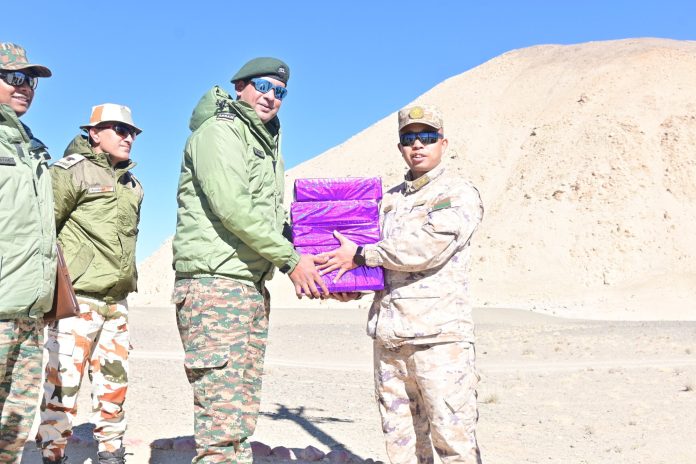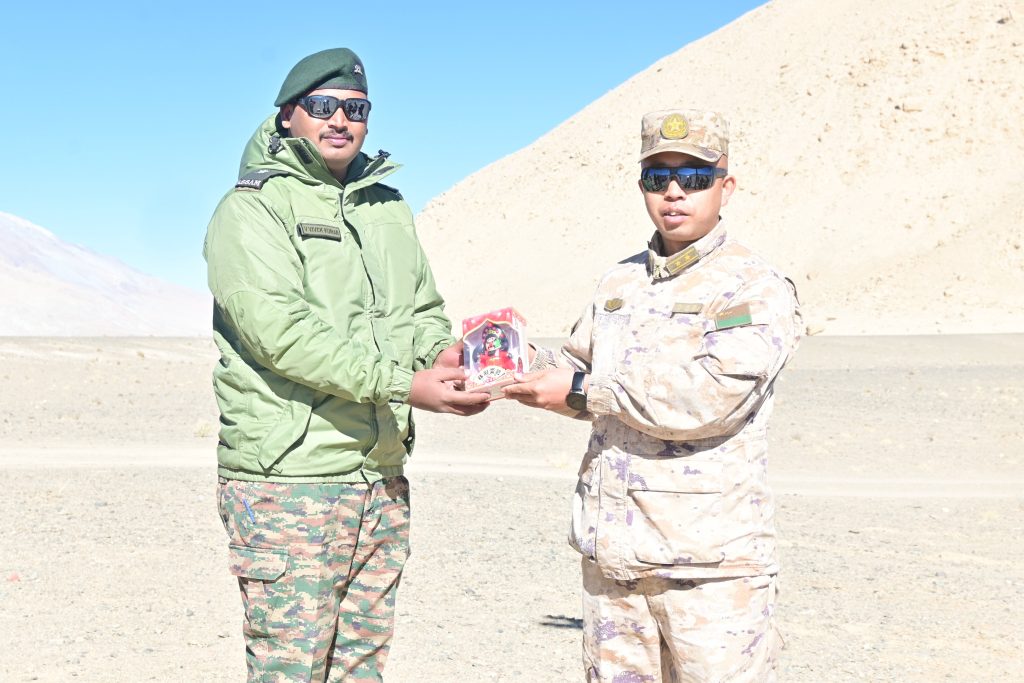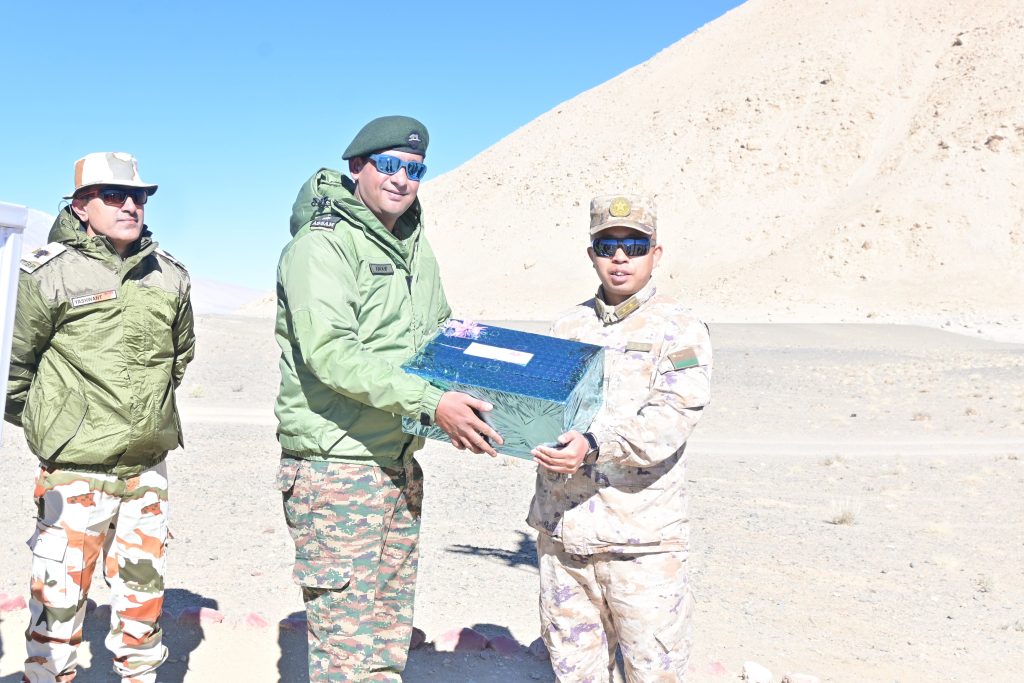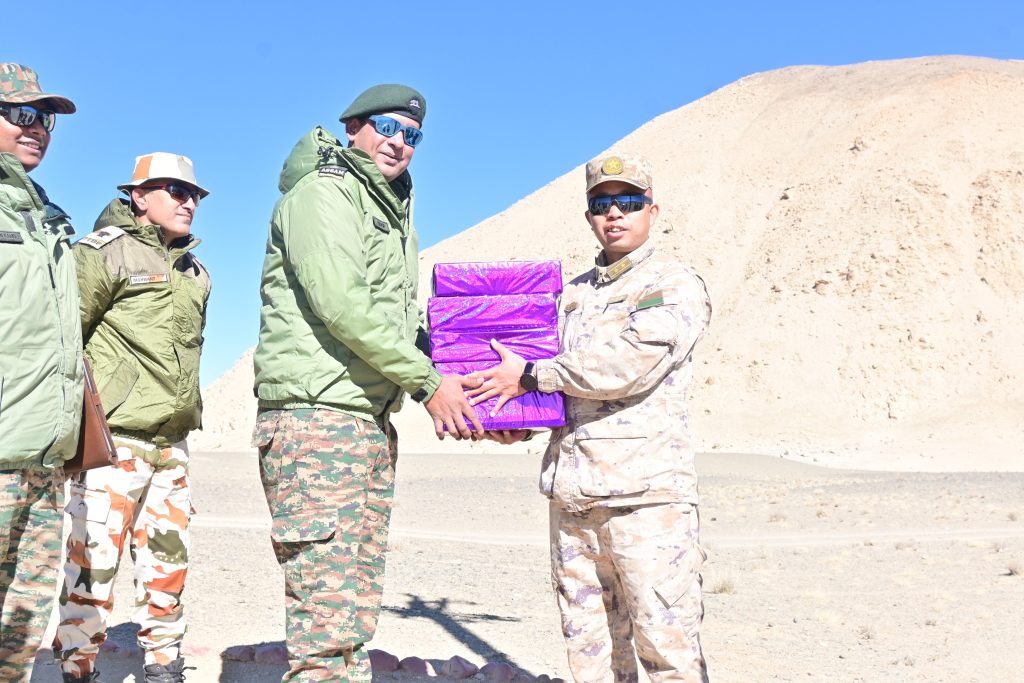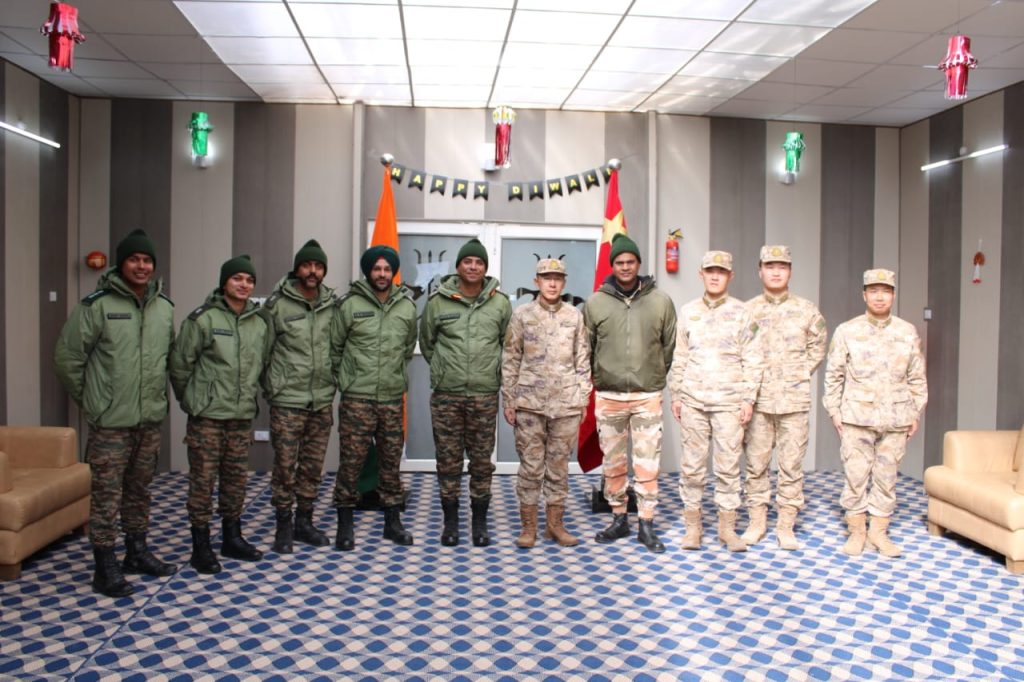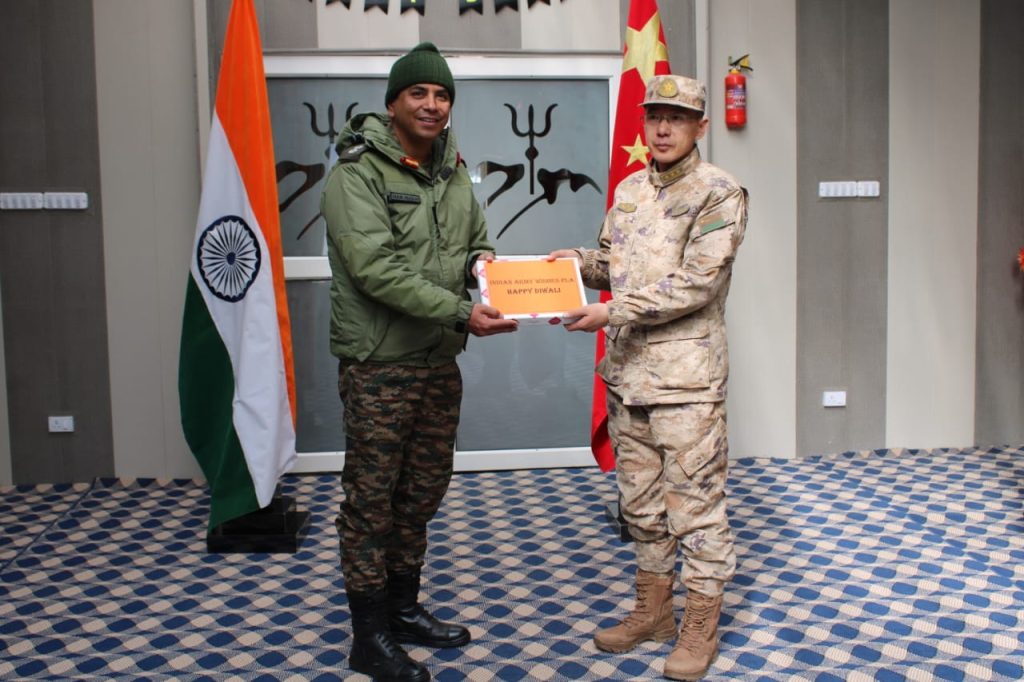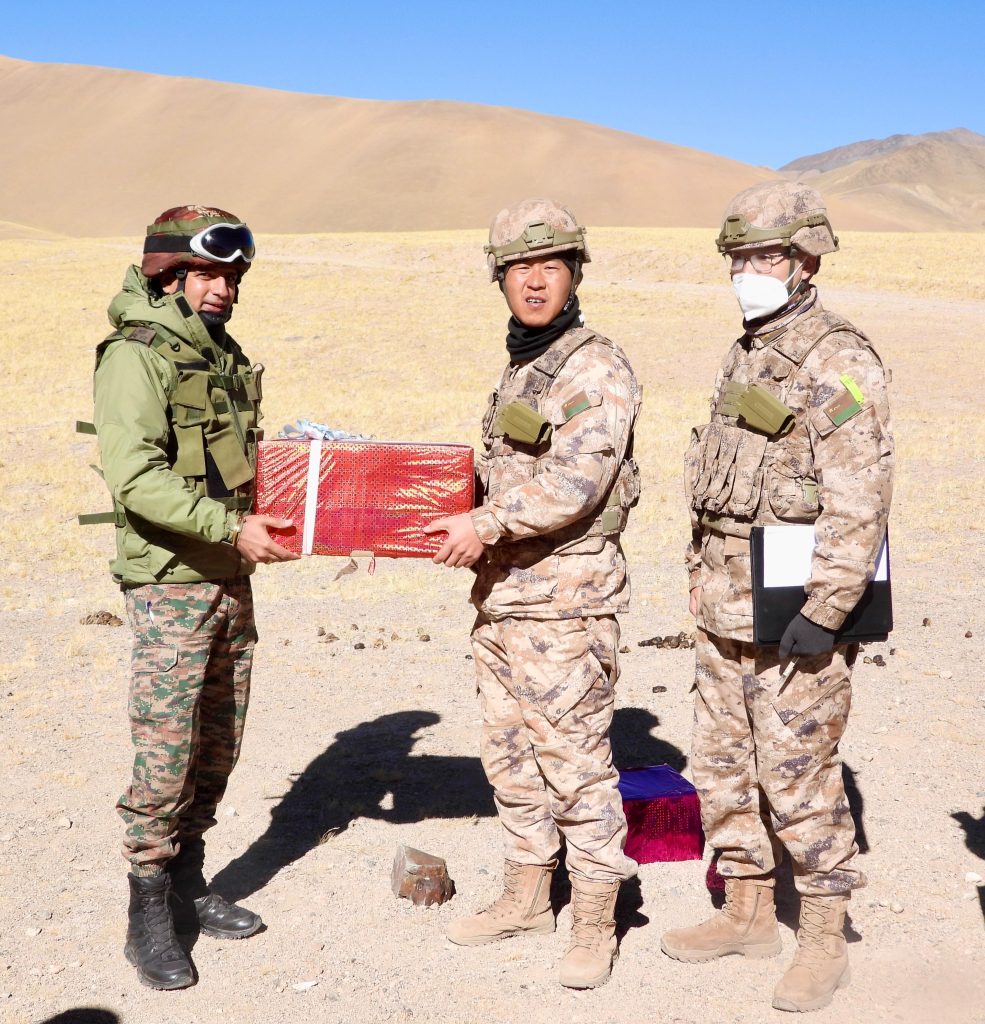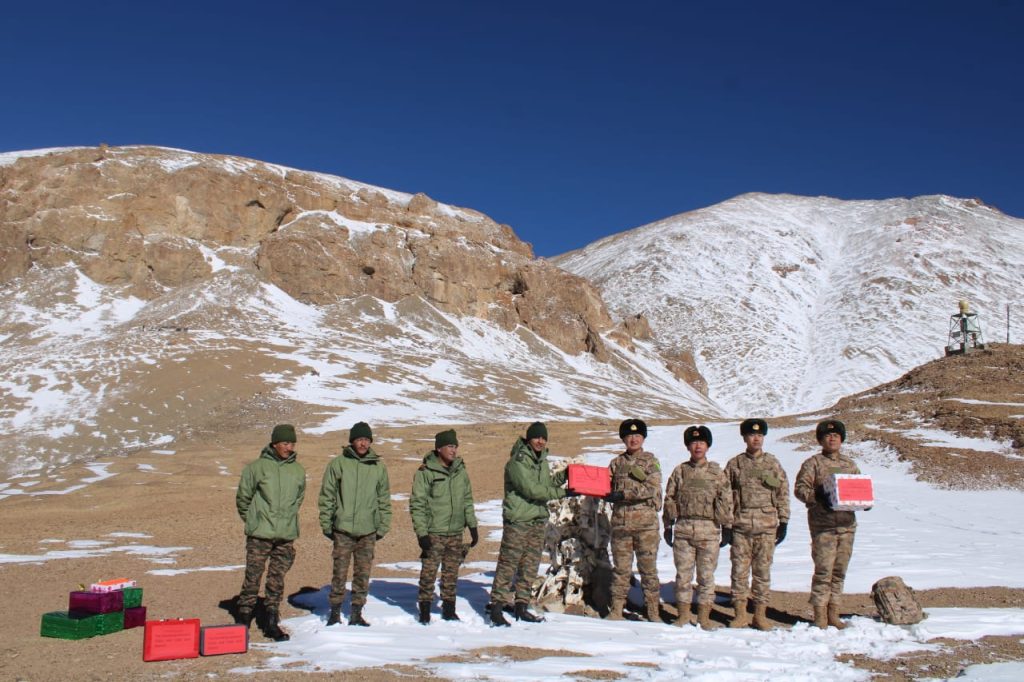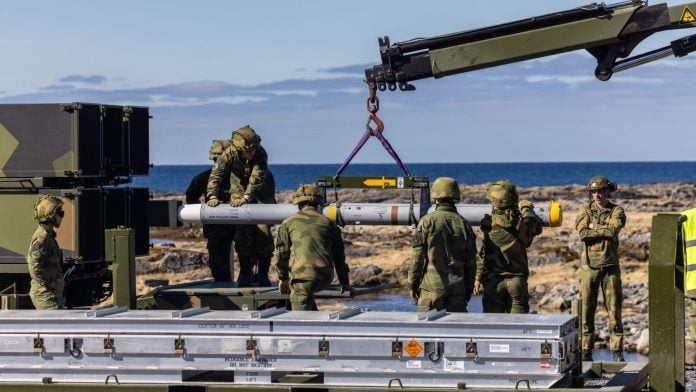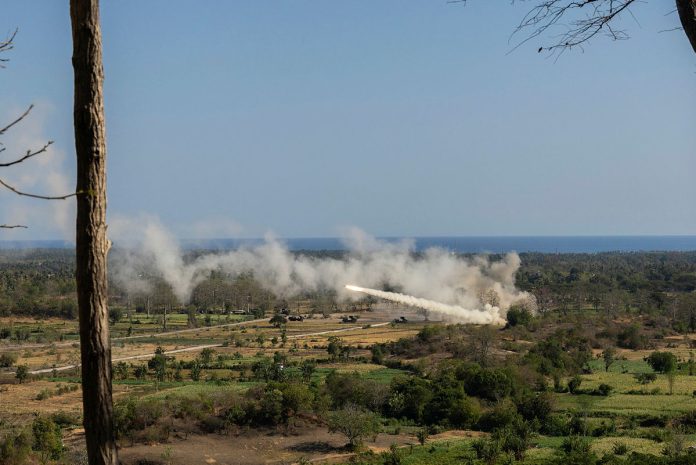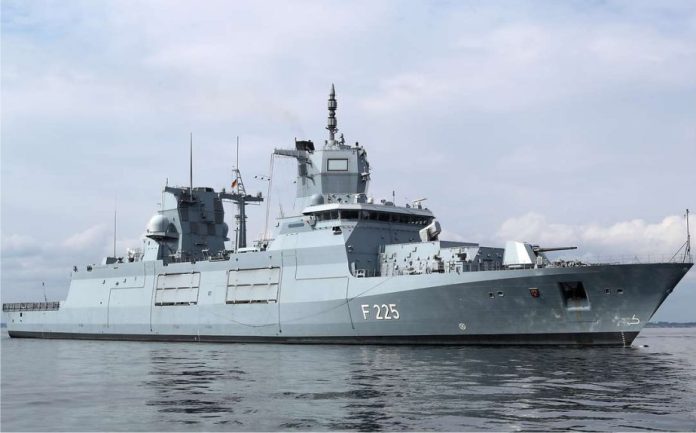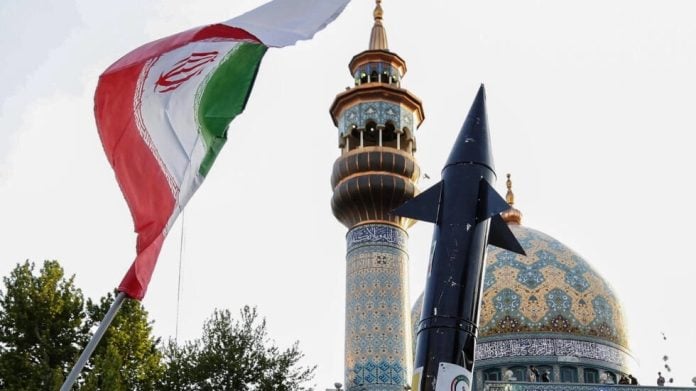India Moves to Strengthen Defense Capabilities with Purchase of U.S. MQ-9B Drones
CHRISTCHURCH, New Zealand – In a significant defense acquisition amidst ongoing security challenges, the Indian government has finalized a deal to purchase 31 MQ-9B drones from General Atomics. Valued at 320 billion rupees (approximately US$3.8 billion), this tri-service buy will see the Indian Navy receiving 15 SeaGuardians, while the Indian Air Force and Indian Army will each acquire eight SkyGuardians.
The decision comes as India faces urgent operational needs, particularly concerning monitoring activities along its contentious northern border with China and naval operations in the Indian Ocean, where both China and Pakistan are active. Despite the government’s push for self-reliance in arms manufacturing, reasons for opting for these advanced U.S.-made drones over domestic alternatives have not been thoroughly articulated.
C. Mark Brinkley, a spokesman for General Atomics, emphasized the capabilities of the MQ-9B, stating, "Our MQ-9B aircraft deliver valuable, actionable intelligence over land and over sea, and allow their operators to see, know and respond faster than ever before." With this purchase, India is poised to become the largest operator of MQ-9Bs globally, a significant leap in its defense technology.
The Indian Navy’s Vice Chief, Vice Adm. Krishna Swaminathan, acknowledged the limitations of domestic drone programs like the TAPAS BH-201, which have failed to meet performance criteria crucial for operational readiness. "The TAPAS drones in their current form do not entirely meet our requirements," he stated, highlighting the rationale behind pursuing the MQ-9B acquisition.
India has been under pressure to enhance its drone capabilities, especially as regional adversaries like Pakistan have successfully integrated advanced drone technology, including the Turkish TB2 Bayraktar and Akinci, as well as Chinese models such as the Wing Loong and CH-4B.
The trajectory of India’s interest in the MQ-9 drones began in 2016 and saw initial offers by the U.S. to provide MQ-9A models. However, delays in negotiations prompted the Indian Navy to lease two SeaGuardians in 2020, with one unfortunately lost in the Bay of Bengal last September.
The recent contract with General Atomics also includes provisions for performance-based logistics, ensuring that maintenance, repair, and overhaul of the drones will be conducted within India, aligning with the country’s broader defense strategy.
As India moves forward, the integration of the MQ-9Bs is expected to enhance its reconnaissance capabilities significantly, marking a strategic shift in its defense posture as it navigates complex regional security dynamics.

